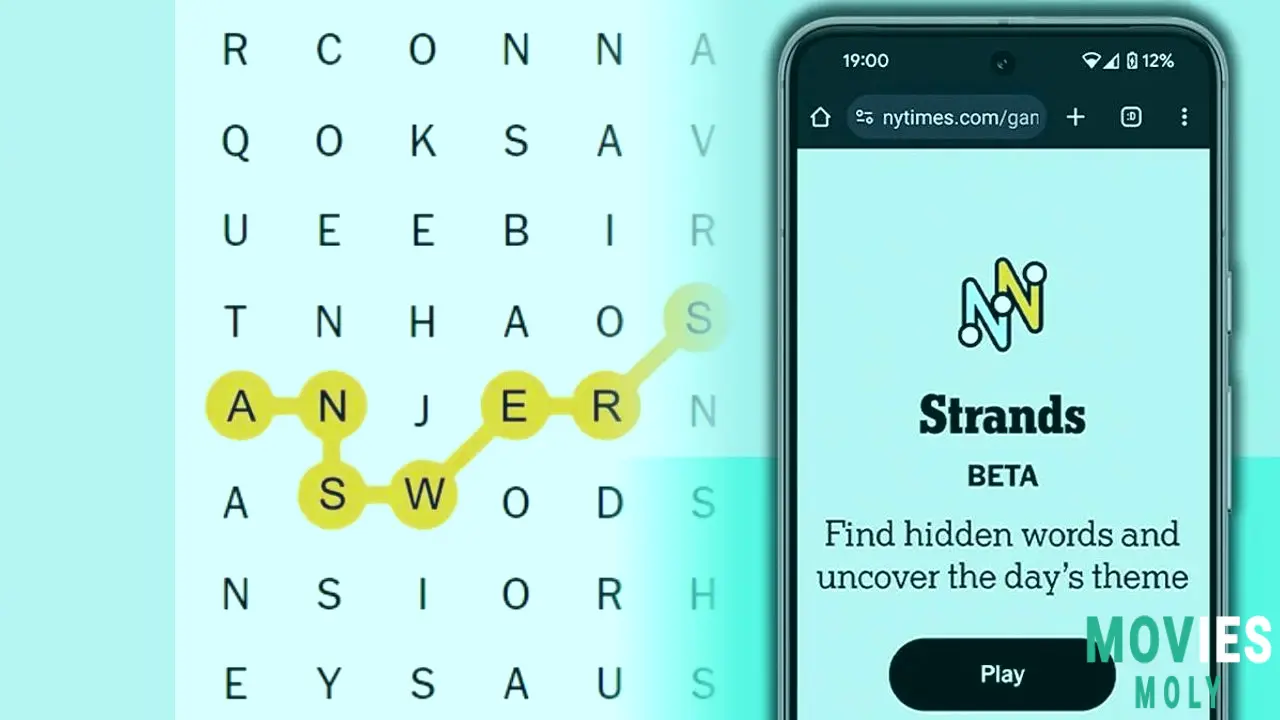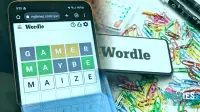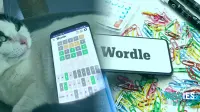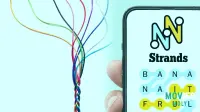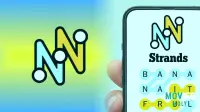The daily word challenge has begun, and those who are working on today's New York Times Strands puzzle will face a new task on Monday, August 11th. This game has quickly become a favorite among word fans, providing a new twist on traditional word searches. It's more than just locating words; it's about discovering a hidden theme and a unique "spangram" that connects everything. If you want to keep your streak going or simply need a push in the right direction, you've come to the perfect place.
Every Strands puzzle includes a grid of letters and a hint. Your aim is to discover all of the words associated with that clue, using every letter on the board. The most significant word is the spangram, which runs across the board and has a clear connection to the theme. It's the key that unlocks the entire puzzle.
Today's Strands Theme and HintsToday's Strands puzzle, game #526, has the clue "Find the remainder." This one may confuse you if you're thinking about numbers. It is not about math at all. Instead, think about what remains or what you have after something else has gone.
Quick Tips for Today's Strands
If you need a little nudge without giving everything away, here are some fast hints to start your brain working:
This challenge requires you to think beyond the obvious. It is about the persistent presence of something, not a number computation. Remember that every letter on the board will be used, and words can move in any direction: up, down, left, right, or diagonally.
Exploring Today's Strands Spangram
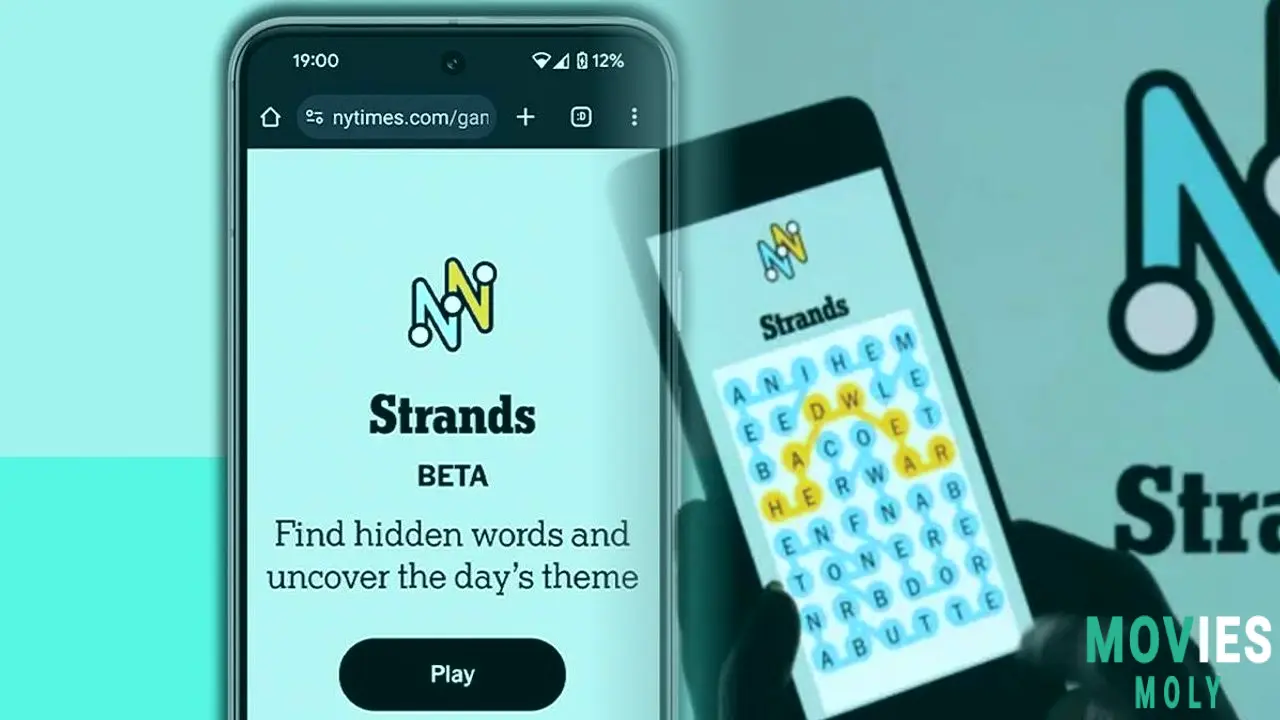
The spangram serves as the puzzle's backbone, providing support for all other words. For "Find the remainder," the spangram is LEFTOVERS. This phrase wonderfully depicts the concept of things that are left behind, whether they are leftovers from a meal or something else.
Finding the spangram typically clarifies the rest of the puzzle by explicitly stating the topic. It's like discovering a hero's true identity; once you do, their actions make perfect sense.
We cracked today's Strands! That spangram was tough, but the instructions were quite helpful. Which was your favorite word today? #Strands #NYTStrands.
— @Puzzlepro
Understanding The Spangram Mechanism
The spangram is remarkable because it extends from one side of the puzzle grid to the other. It can be horizontal, vertical, or diagonal, but it always connects two opposing edges. Identifying it early can provide a significant advantage because it allows you to limit down the other theme words.
Full Strand Answers for August 11th.
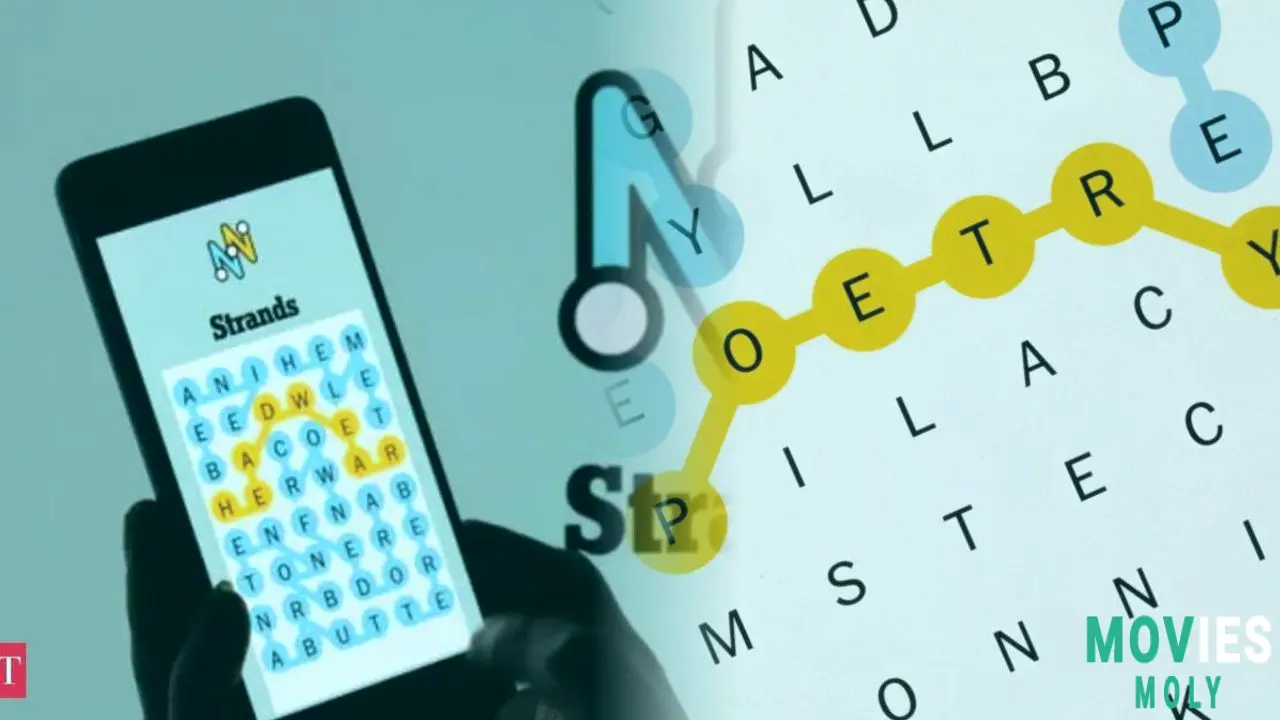
For those who require a complete answer to today's problem, here are all the words, including the spangram:
Step-by-Step Analysis of Today's Solution
The introductory clue "Find the remainder" can be deceiving. Many players may first look for math-related terms. However, once you uncover words like RESIDUE, DREGS, or TRACE, the true theme begins to emerge. These words all refer to anything being left behind. From there, spangram LEFTOVERS emerges as a viable choice, as it is a frequent phrase for what remains after a dinner.
Even after locating the spangram, some words can be difficult. SOUVENIR, for example, may seem out of place among the other words that suggest waste or little bits. However, a memento is anything that stays from a trip and serves as a physical recall. This demonstrates how Strands frequently employs different interpretations of a theme.
Another day, another Strands puzzle completed! I'm loving the new New York Times game. Who else is concerned with finding the spangram? #StrandsHintToday #WordPuzzle.
— @wordgamefan
Mastering Strands: Advanced Strategies.
To properly master Strands, you must go beyond basic word searching. It's a strategic game that rewards clever play.
Tips for Finding Theme Words.
Instead than simply searching, try these methods:
How Do Strand Hints Work?
When you enter three non-theme words (each four letters or longer), the "Hint" button becomes active. Clicking it will highlight the letters of a single theme word on the board. You still need to connect them in the proper order. If you utilize another suggestion before finding the word, the game will reveal the letter order for you. It's a tiered structure that aims to assist without giving away everything at once.
Stuck on Strands? Don't worry, we have all the clues and answers you need to keep your streak going! Get today's solution now. #StrandsAnswers, #DailyPuzzle
— @dailysolver
Common Strand Pitfalls
Players frequently stumble in a few important areas:
Strands vs. Other NYT Games
The New York Times features a good selection of daily puzzles, each with its distinct flavor.
Strands is unique in that it combines a word search and a thematic challenge. It's more than just discovering words; it's also about comprehending the underlying concept. This makes it a more contemplative puzzle, frequently necessitating a shift in perspective to fully solve.
The brilliance of Strands lies in its ability to twist your thoughts. It's more than just a word search; this is a thematic challenge! What is your go-to strategy? #StrandsTips #NYTimesGames
— @Brainy Gamer
Past Strands Puzzles and Archives
While the New York Times app is focused on the daily puzzle, many users like revisiting previous Strands challenges. Unfortunately, there is no direct archive feature within the game for convenient viewing. However, specialist puzzle sites frequently gather daily solutions, allowing you to catch up on missed problems or revisit themes that stymied you. Search for "Strands archive" or "Strands [Date] answers" to locate these resources.
Reviewing past riddles is an excellent method to hone your skills. You can see how the various topics are organized and how spangrams are hidden. It's similar to researching a hero's previous battles to forecast their next movements.
Just completed today's Strands! The theme 'Kings of Swing and Bebop' was an excellent combination of music and wit. What were your thoughts? #StrandsToday #Puzzle Solved
— @musicpuzzlelover
Whether you're an experienced word puzzler or just getting started with Strands, remember that each puzzle presents a new opportunity to sharpen your intellect. Keep practicing and investigating other word connections, and you'll be able to solve these everyday tasks with ease.

